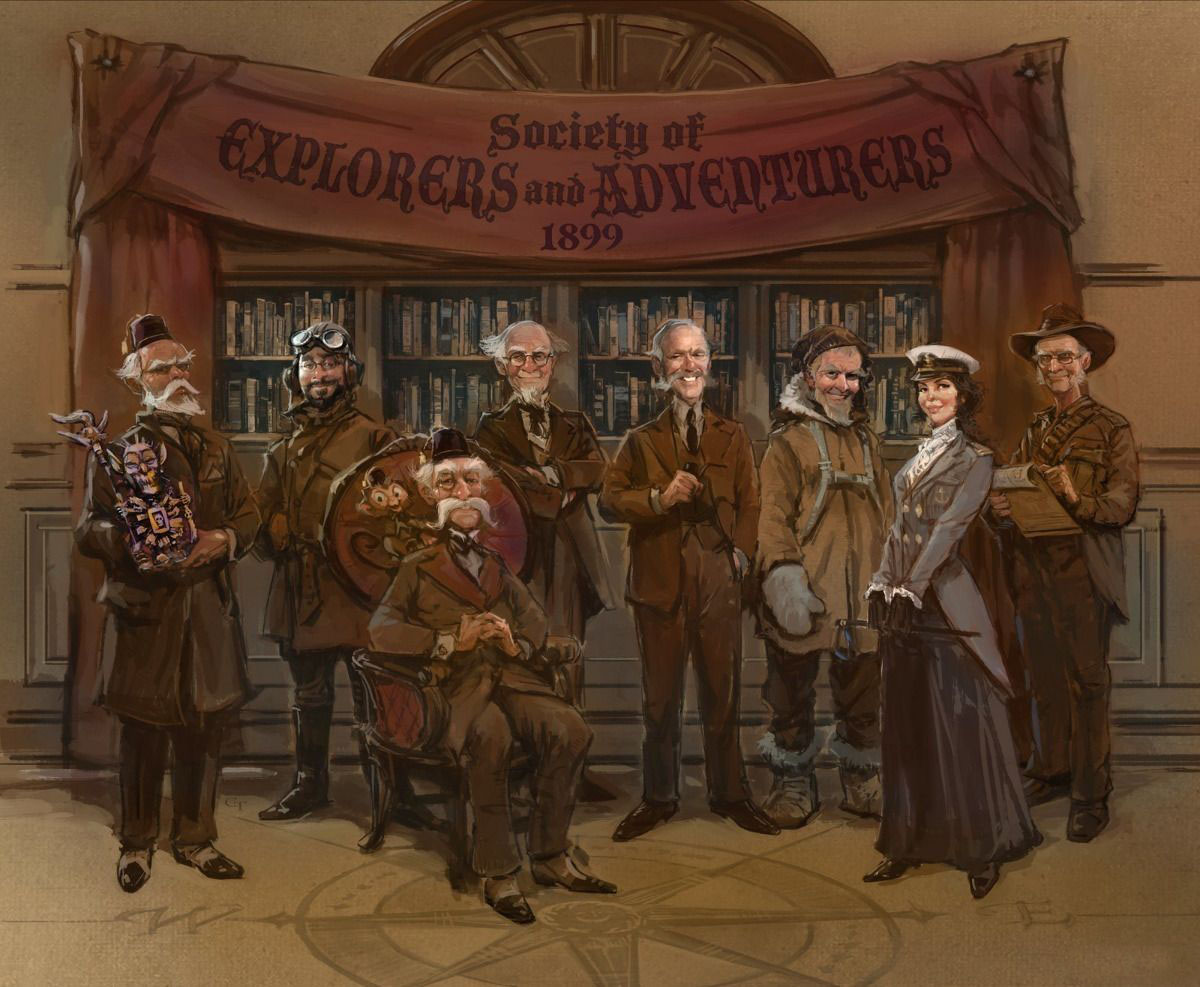Right. But the writers didn’t just put ANY elements of danger or exotic into the Jungle Cruise. They could have put in magic, attacking animals, fire, falling trees, crazed explorers—any number of things that would have created the sense of danger and exotic without reducing historically marginalize people to playing that part.
But this isn't a novel - They have to convey ideas in seconds - and generally with little to no supporting material. This is why attractions lean so heavily on existing material. They simply don't have the platform to setup complex, new narratives. (and why now disney leverages the pre-show so much now to setup things.. to set the stage for the plot to come and gap fill for those who may not know the material).
The Imagineers were definitely playing to the stereotype that already existed in the audience’s minds (as you mention)—as a more economical approach to storytelling. But that stereotype was built in our collective minds over years and years of propaganda. Those stories (violent, primitive, ignorant, strange, funny) provided the rationale for conquering, colonizing, and even enslaving African people.
Let's be honest... making the enemy/target into something evil/dumb/subhuman/lesser is as old as time itself. It's not going away. Anytime there is a difference in objectives or ideals, ultimately someone will try to paint the opposition in some sort of negative light to help sway people's opinions. I'm not saying it's great - but it's not going away, and IMO I don't think in the case of these jungle natives it is standout.
I mean.. the word "barbarian" is still common and it's entire etymology is this dehumanizing strategy.
It's a tactic that people trying to sway others are always going to use. Point out their differences, mock them, make them seem lesser, make them seem incapable of changing, blur who the instigator is, etc etc.
And for well established portrayals... they will always carry lots of immediate understandings. I mean... put someone in a german WWII SS uniform and bam... instant persona conveyed to the audience. Put someone in chaps, a big hat, and boots.. and boom.. lots of character traits pop into the viewers mind.
Familiarity is a huge tool - I wouldn't call it 'economical' as much as prototypical.
I agree that most Disney guests are not likely to look at the scene and think that those are meant to be an accurate depiction of how all real tribal people look/act. But the use of the stereotype subtly reinforces the same worldview it was designed to promote.
I think the crux is... some people can accept the caricatures as fake, hyperbolic, or just fiction... and others feel the need to undo/fix/correct the false portrayals because they feel their continued existence harms people now.
I'm polish... I've never felt harmed by pollock jokes nor the portrayals of what the Nazis painted the Poles as. Because I believe the solution to ignorance is knowledge... not deletion.

